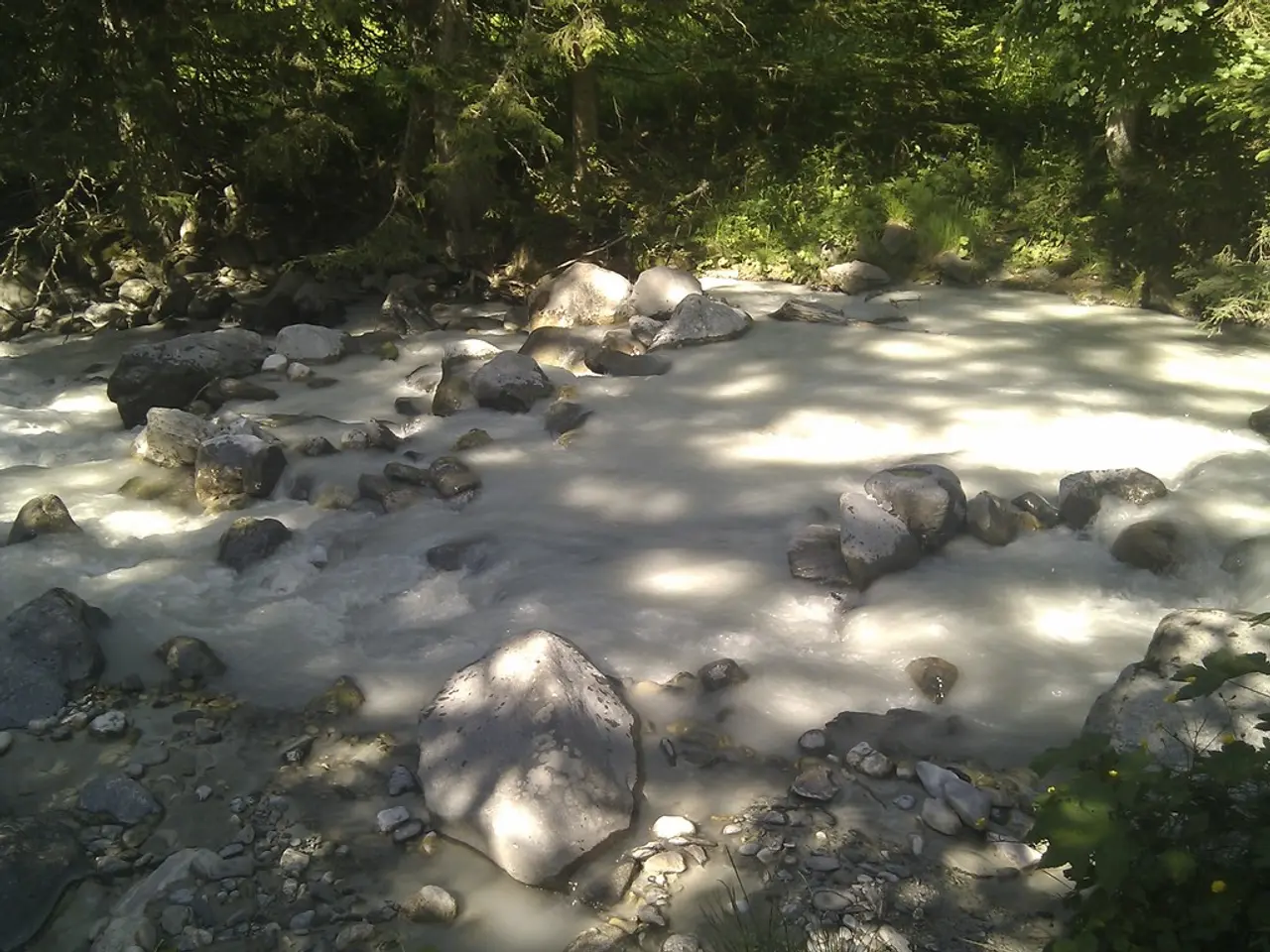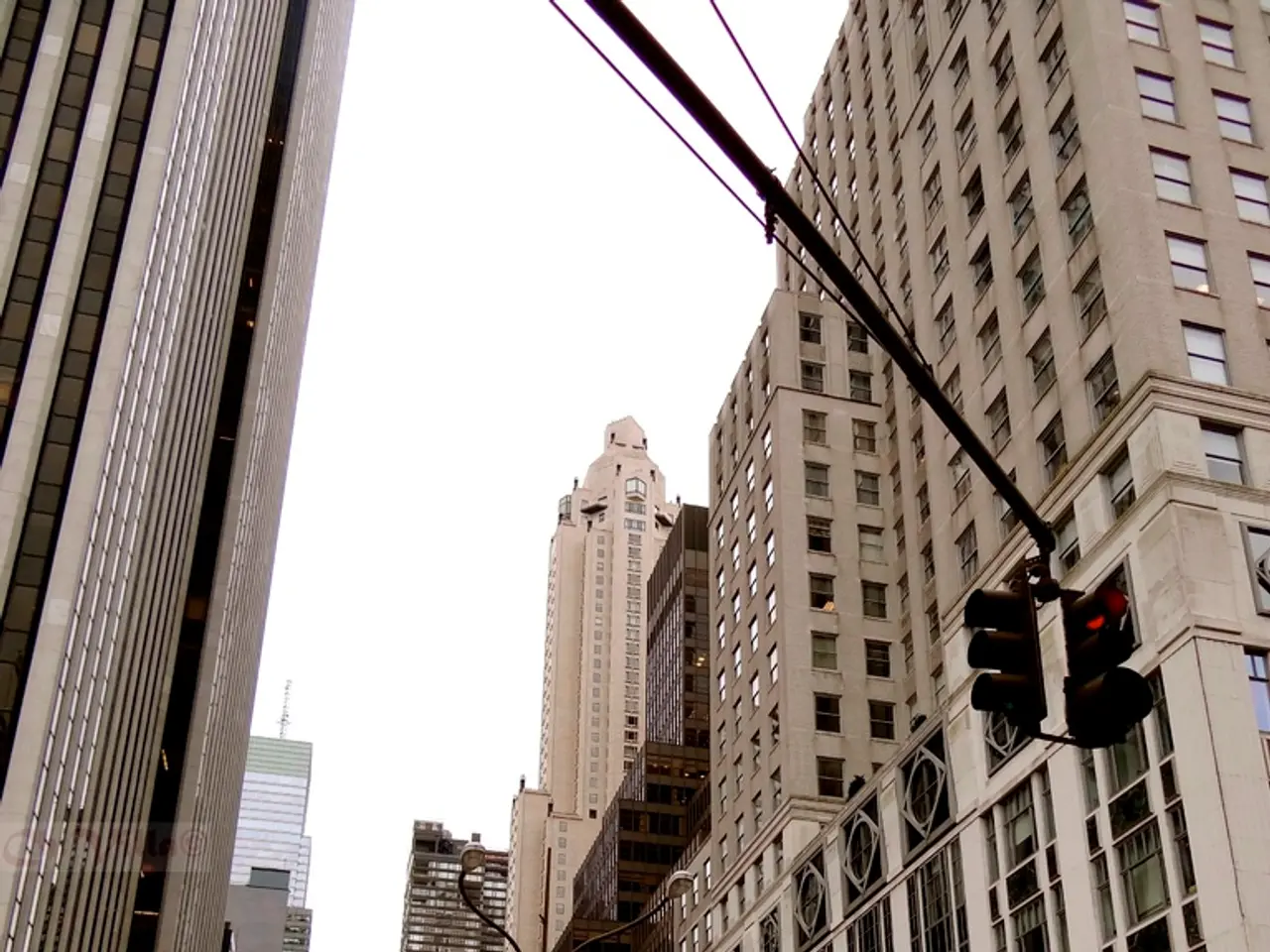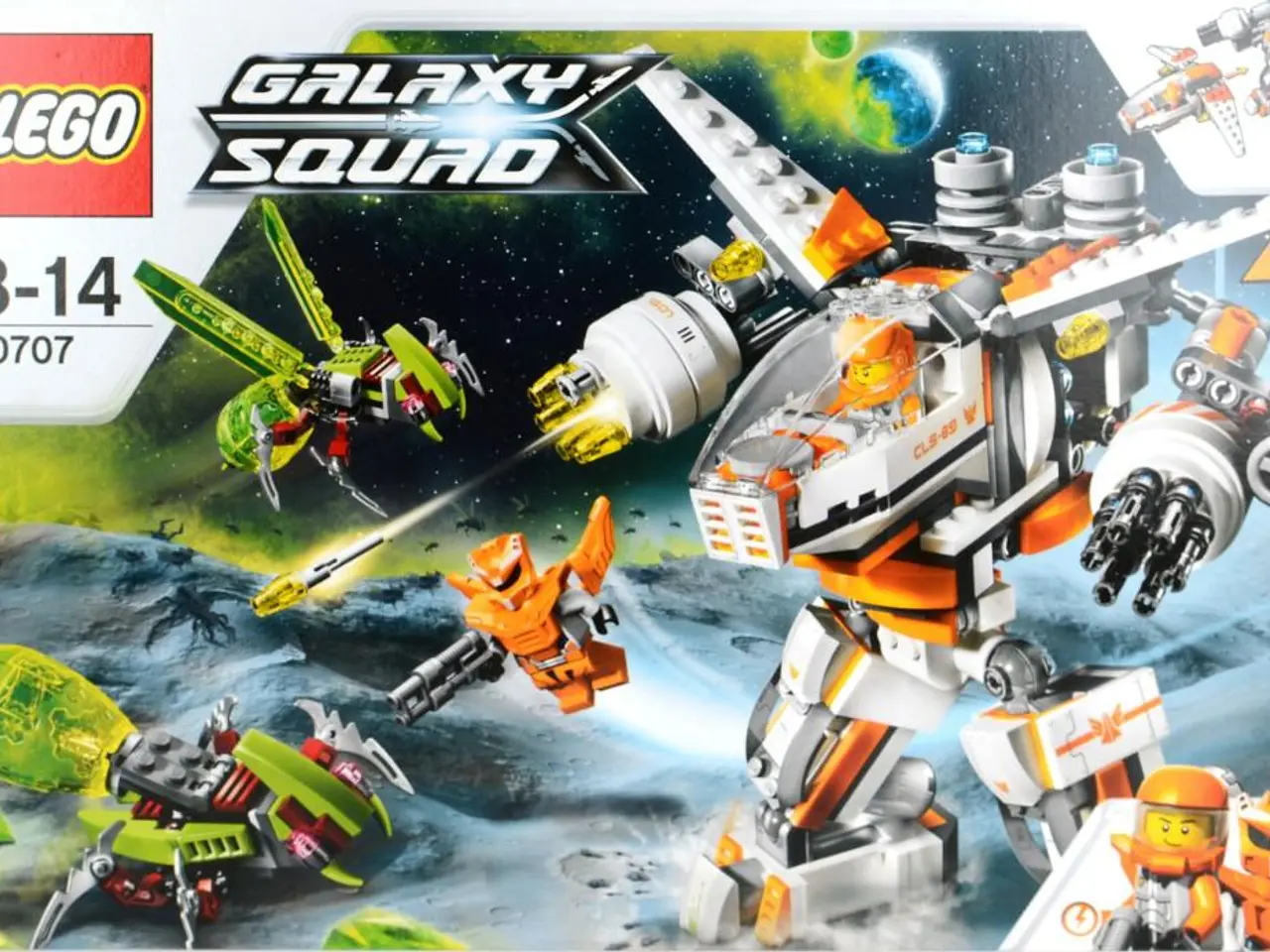Captured atmospheric CO2 bubbles infused in water
In a significant stride towards sustainability, companies and municipalities are transforming the way water is produced, treated, bottled, and distributed. This shift, towards carbon-neutral water, is not just an idealistic aspiration, but a reality that is becoming increasingly common in Europe and Latin America.
The path to carbon neutrality in water involves a systemic vision, encompassing energy consumption, type of bottle, transport, materials, and waste. By implementing a combination of technologies and sustainable practices, it is possible to reduce energy use and emissions while promoting circularity and resource efficiency.
One key approach is the use of low-energy or zero-electricity desalination technologies. For instance, a new technology converts seawater into drinking water without requiring electricity, significantly lowering energy consumption and its associated carbon footprint.
Advanced water treatment and reuse systems, such as activated carbon filtration, ultrafiltration, and reverse osmosis, allow for the recovery and reuse of water within industrial processes. This reduces fresh water extraction and pollutant discharge.
Carbon-neutral bottling and distribution practices are another crucial element. This can involve using recycled CO2 to carbonate water, employing sustainable packaging, and optimizing logistics to minimize emissions across the supply chain.
Leveraging circular economy principles, energy recovery, and waste valorization is another strategy that companies like SUEZ are employing. They produce energy from wastewater or waste and recycle materials, supporting regional energy independence and biodiversity protection.
Self-sufficient purification plants, like the one operated by Severn Trent in the UK, generate their own energy. This plant expects to capture 34,000 tons of CO2 per year, equivalent to 34,500 transatlantic flights.
The company Climeworks uses direct air capture (DAC) technology to collect atmospheric CO2 molecules, which are used to carbonate the bottles of water from Coca-Cola Hellenic. This process produces biogas and biomethane, allowing installations to cover their own energy needs and feed excess energy into the grid.
Choosing a bottle that breathes less carbon and more future is a simple gesture that contributes to combating climate change. Companies, such as Lanjarón, are reducing their impact by opting for 100% recycled PET packaging, avoiding the emission of 7,877 tons of CO2 in 2022.
Aquaservice became the first water company to obtain AENOR's Carbon Neutral certification in 2022. Veolia's +Positive service aims to achieve water neutrality with measures such as integrating renewable energies, improving treatment plant efficiency, and optimizing distribution networks.
The Galician company Cabreiroá has operated with 100% renewable energies since 2021 and has compensated its residual impact with reforestation projects in Brazil, achieving the climate neutrality of its facilities.
Making water carbon neutral sends a clear message that climate neutrality can be integrated into daily life without complications or sacrifices. This process could be one of the most tangible and everyday ways to combat climate change, serving as a gateway for millions of consumers to understand how they can contribute to a more sustainable future. The silent revolution of carbon-neutral water has already begun.
- Incorporating environmental science and technology, companies like SUEZ generate energy from wastewater or waste, promoting regional energy independence and biodiversity protection.
- A key component of carbon-neutral water is the use of business strategies that prioritize finance and innovation, such as the implementation of low-energy desalination technologies.
- By adopting sustainable practices in bottling and distribution, companies can reduce their carbon footprint, as demonstrated by Lanjarón's use of 100% recycled PET packaging to combat climate change.




